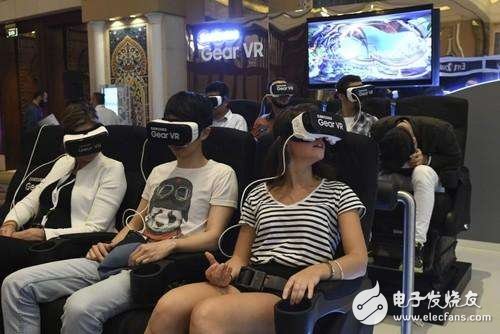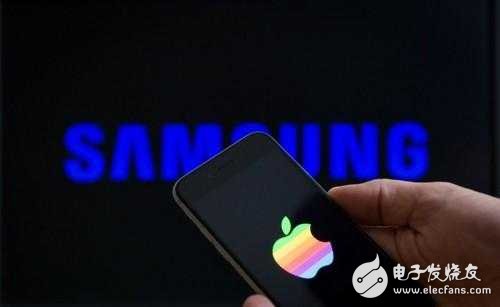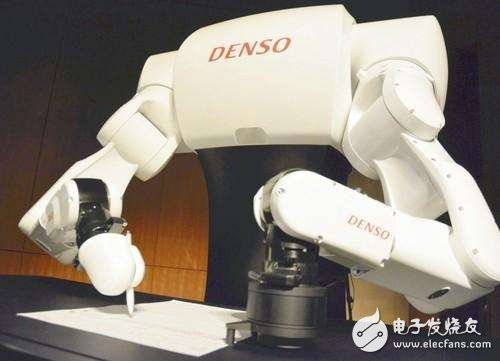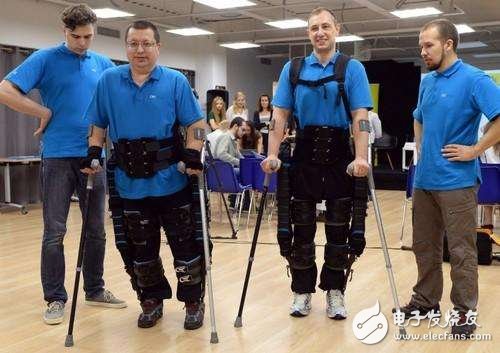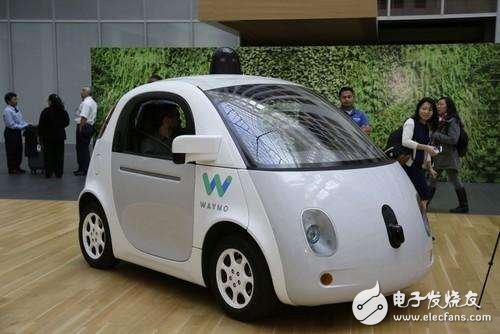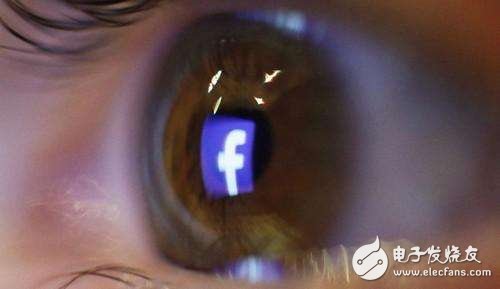Like "Force" in Star Wars, our world is surrounded by technology, which is why it is difficult to judge which technology has the greatest impact on us in the coming year. What we can be sure of is that countless technologies will come in 2017. Some will change our lives in the face of the sea, and some will come silently and without warning. What is going to be explored here is the technology that is most significant and has the greatest impact. VR movie experience, imagine entering a movie theater that hangs on your face and looks bigger than the screen you have seen. In 2016, VR showed remarkable growth in improvement and visual effects, but it was not enough to change society. VR will still maintain the most important development technology in the coming year, but there will be a symbolic change in 2017, from the curious stage to the tangible tool to enhance ordinary activities. The popularity of the public as expected will be reduced, replaced by more existing platform integration. 2017 will be the year when people start to use VR social networking. Facebook has shown a big vision and released a striking demo at its 2016 F8 Developer Conference (VR selfie stick, is there anyone?), Facebook will be The New Year released a major update. And keep an eye on the explosive development of consumer content (more games, panoramic movies, TV shows and concerts) or even VR art. Augmented reality will be the most easy to use and successful "reality" option in 2017, especially if AR will not completely isolate you from the world. When VR is flying high, AR will become a star indicator in 2017. Microsoft's MR (Mixed Reality) platform, Windows Holographic, will bring new mixed-reality experiences to Microsoft users with the recent release of hardware support. This year is finally the year that Apple decided to participate in the AR market (not VR). AR's development in the coming year will also be a step ahead of VR, as it can be used by mobile devices that almost everyone holds, without having to buy extra hardware. The initial experience of existing mobile phones will drive the willingness to purchase new AR helmets, especially as consumers and businesses pursue a better AR experience. What if you suspect what you can do with AR? AR will continue to enhance the gaming experience, toys (such as StarCraft toys have developed amazing toys this year), work and retail. In the coming year, Magic Leap’s previously exaggerated publicity will also be possible. In 2017, you will have the opportunity to enjoy AR and VR on a smartphone with a 4K screen. While the development of HDTV technology has tended to be flat in the past few years (curved screens, 3D or larger sizes are not representative of innovation), display manufacturers have turned their attention to screens that can follow us 24 hours a day. The AMOLED screen will make the 2017 smartphone thinner and more power efficient than ever. Since the introduction of the UHD Extreme HD screen on smartphones in 2015 (the Sony), there has been no significant progress in screen technology, and this situation will develop in 2017. The biggest question is: Can we distinguish the difference between HD 1080p Full HD and UHD Extreme HD on a small screen? Why do these technologies have their place in 2017? Look at the first article, because in the coming year consumers will start to put the phone into the portable VR helmet. When the screen is zoomed in and close, the higher the resolution, the better the visual effect. The foldable screen has been discussed for a long time, we know that the curlable screen is achievable, but before the mobile phone manufacturers such as LG, Samsung, and Apple solve practical design problems for consumers, don't expect any flexible screen in the coming year. Mobile phone. — Today's artificial intelligence is ready to write notes, play games, and more. Who expected that what could be achieved in 17 years. There are not many technologies worthy of attention like artificial intelligence. 2016 is a year in which Volkswagen became familiar with machine learning, and consumers began to have different options for digital voice control assistants. There will be more artificial intelligence hardware competitions in 2017, Microsoft may launch Cortana devices, and Apple (probably) will release a new kitchen-optimized Siri home hardware. Artificial intelligence will also be the technology that has the deepest ambush and the greatest impact on human behavior. Gradually you will find that all software and services will be driven by artificial intelligence. And artificial intelligence will also become smarter. Every year I pray: I hope that I can get my C-3PO (a neurotic, sentimental ceremonial robot character) this year, but I am disappointed every year. Including Pepper, Asimo, Boston RoboTIcs' menagerie, we have many humanoid or bionic robots, but none of them can be used in the home. However, 2017 will likely be a year of breakthroughs in the development of human-enhanced robots, the exo skeleton and some of the cutting-edge prostheses we have seen. The exo skeleton will focus on helping people with disabilities walk or stand for long periods of time and lift weight loads. Iron and steel people will become a reality. 2016 proves that if you are not very careful about making batteries and their peripheral technology, it will come at a great price. In 2017, we will refocus on increasing the safety and longevity of lithium-ion technology, and even have the opportunity to see the trial operation of lithium metal battery technology. The endless stream of data leaks over the past 12 months has made people and businesses simply distrust the use of unbreakable security and passwords to protect their privacy. Fingerprint technology has been reserved for commercial-grade systems for many years, and fingerprint readers on smartphones are the first step toward widespread consumerization of biometric security. The appearance of face recognition technology (Microsoft Hello) on the computer and Touch ID on the MacBook Pro is that the password gradually loses influence on maintaining private privacy. 2017 may be a breakthrough year for biometric security. We will use our fingers, face, eyes, heartbeat and even active mode to unlock and protect our finances and privacy. By 2018, someone who does not use the body part to unlock will be considered a primitive geek. Encryption will continue its spread in mobile and communications technologies, and even an ever-increasing administration will force companies to decrypt devices according to law enforcement requirements. Will there be a very open backdoor technology battle in 2017? It is possible. Self-driving cars are increasingly becoming a feature of everyday life in 2017. We will see more autonomous crowd mobility solutions (think of minivans and buses) and national deregulation cascades. By the end of the year, most states will be friendly to autonomous vehicles. 2017 may be Elon Musk's near-supersonic travel dream that we finally see becomes the real or at least the first trial run of Hyperloop One in the real world, and a fully tested pipeline transportation system (assuming the company does not explode before then) ). The currency of technology is data, and its collection and application are equally important in the coming year. With regard to many issues between fake news and facts, data may be the key to identifying true and false in uncertain areas. I hope that some smart companies will use massive amounts of data, and it will be interesting to use programs and machine learning to clarify facts and false information. With so many live broadcast options, 2017 will see explosive growth in personal live broadcast hardware. Think Snapchat glasses are cool (yes, we know they don't broadcast content)? Look forward to other social media and consumer electronics companies to start offering wearable live products to enhance wearable fashion competition. Output Transformer,Output Transformers,Pin Plug Switching Power Transformer,Output Switching Power Transformer Huizhou Show-Grand Electronics Co., Ltd. , https://www.sgtransformer.com
